Overview
Water is the source of life, human beings can not live without water in life and production activities. The quality of drinking water is closely related to human health. Water quality monitoring and management has become an important subject of modern science. Water quality online monitoring system can accurately, timely and comprehensively reflect the current water quality and development trends, to provide a scientific basis for water treatment projects. Water quality monitoring system sensing front-end is the water quality sensor.
The water quality sensors measure pH, ORP, conductivity, dissolved oxygen, residual chlorine, turbidity, salinity, BOD, COD and other water quality parameters through various methods such as chemical, physical and biological reactions of water, providing data support for researchers, observers and engineers. Applications include laboratory research, environmental management improvement, marine water quality evaluation, hydraulic model calibration, wastewater treatment, etc.
What is a water quality sensor?
Water quality sensor is a general term for a variety of sensors that measure PH, ORP, residual chlorine, turbidity, suspended solids, COD, BOD, conductivity, salinity, and dissolved oxygen. Water quality does not refer to a specific daily parameter, it contains a number of elements to measure the status of water quality.
Types of water quality sensors
Water quality is a general concept that covers a wide range. Therefore, building a complete water quality monitoring system is a complex project. The good news is that with these nine Apure water quality sensors and a water quality monitoring system, you can easily build your entire water quality monitoring system.
- pH Sensor
- ORP Sensor
- Conductivity Sensor
- Dissolved Oxygen Sensor
- Residual Chlorine Sensor
- Turbidity Sensor
- Salinity Sensor
- Ozone Sensor
- COD Sensor
- Ammonia Nitrogen Ion Sensor
pH Sensor
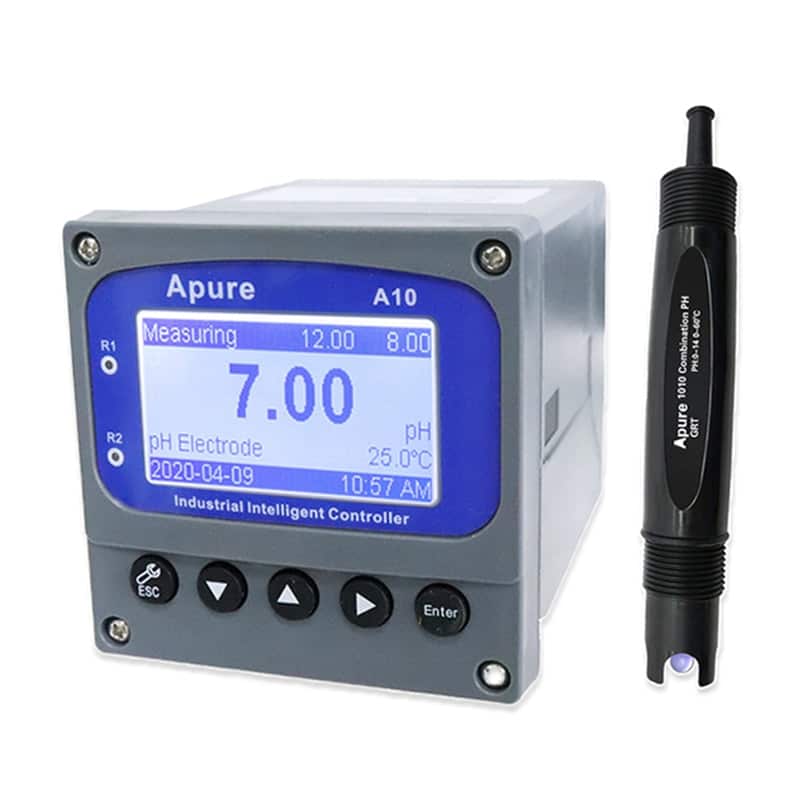
PH is an important indicator for monitoring industrial wastewater. In industrial wastewater, the adaptation range of most microorganisms is pH 4.5-9, and the optimum pH range is 6.5-7.5. When the pH value is below 6.5, fungi start to compete with bacteria. When pH reaches 4.5, the bacteria will dominate in the biochemical tank and seriously affect the sludge settling. When the pH value exceeds 9, the metabolic rate of microorganisms will be hindered.
In order to monitor the PH value of industrial wastewater, we generally use PH sensors. PH sensors are sensors that are used to monitor the concentration of hydrogen ions in the measured solution and convert it into a corresponding usable output signal. It is suitable for industrial wastewater, domestic wastewater, agriculture, aquaculture and other non-corrosive weak acidic and weak alkaline environment scenarios.
ORP Sensor
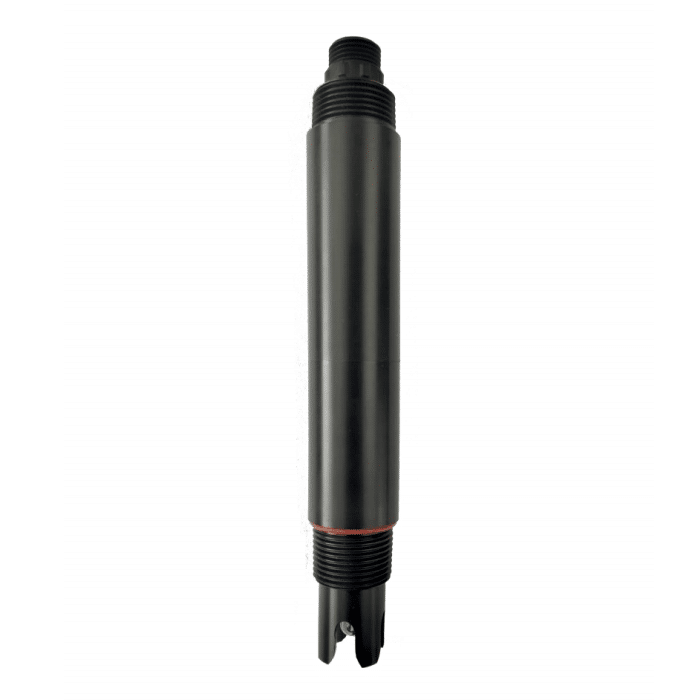
Redox potential (ORP) is an important indicator to measure the quality of aquaculture water, ORP value can reflect the good or bad water quality. The larger the ORP value, the stronger the oxidation of the water body, the smaller the value, the stronger the reduction of the water body.
The ORP sensor is mainly used as the oxygen reduction potential of a solution. It can detect ORP data not only in water, but also in soil and culture media. Therefore, it is also a widely used sensor for continuous monitoring of various water ORP in electric power, chemical, environmental protection, pharmaceutical, food and other industries. Usually, it will be used together with PH sensor.
Conductivity Sensor
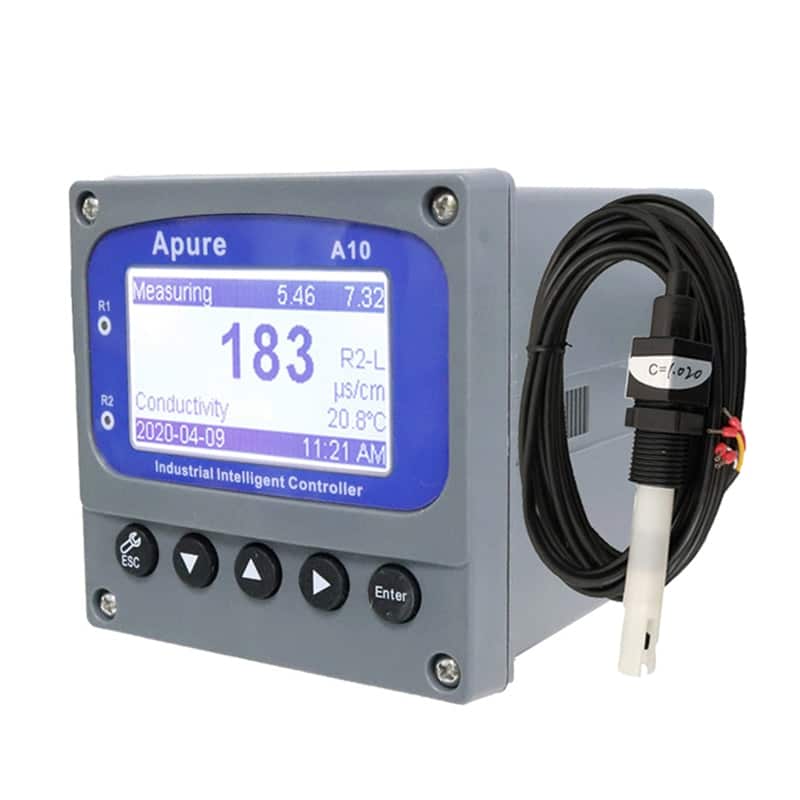
Conductivity is the ability to conduct electric current in a body of water. In water quality monitoring, conductivity is one of the important indicators to reflect water quality. The higher the conductivity value of water, the better the conductivity, the greater the TDS value in water. the TDS value represents the content of dissolved impurities in water. the greater the TDS value, the greater the content of impurities in water. Conversely, the smaller the impurity content, the greater the water. Pure, the lower the conductivity.
Conductivity sensors can be divided into electrode conductivity sensors, inductive conductivity sensors and ultrasonic conductivity sensors according to the different measurement principles. Electrode conductivity sensors use resistance measurement method based on electrolytic conduction principle. Inductive conductivity sensors are based on the principle of electromagnetic induction to achieve the measurement of liquid conductivity. Ultrasonic conductivity sensors measure conductivity based on the change of ultrasonic waves in liquids, and the first two sensors are more widely used.
Apure sensor adopts electrode type conductivity measurement method with built-in high precision sensor, high accuracy, conductivity measurement range between 0~20,000μS/cm, measurement error is ±1%FS, high sensitivity. This conductivity sensor comes with a cable connected to a transmitter that sends the signal to processing and/or recording equipment.
Dissolved Oxygen (DO) Sensor
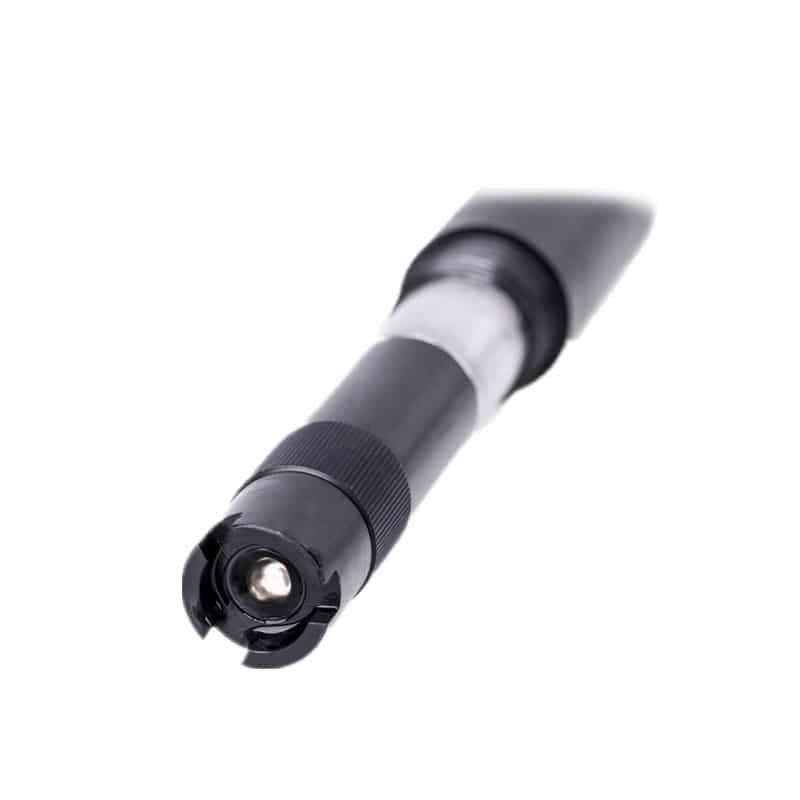
The molecular oxygen in the air dissolved in water is called dissolved oxygen. The content of dissolved oxygen in water is closely related to the partial pressure of oxygen in the air and the temperature of water. Under natural circumstances, the oxygen content in the air does not change much, so the water temperature is the main factor, the lower the water temperature, the higher the dissolved oxygen content in the water. The molecular oxygen dissolved in water is called dissolved oxygen, usually denoted as DO, and is expressed in milligrams of oxygen per liter of water. The amount of dissolved oxygen in water is an index to measure the self-purification capacity of water body.
There are two main types of Apure dissolved oxygen sensors, KOG-202S Polarographic Dissolved Oxygen Sensor and KOG-206 Optical Dissolved Oxygen Sensor. Continuous detection of dissolved oxygen in liquid.
Residual Chlorine Sensor
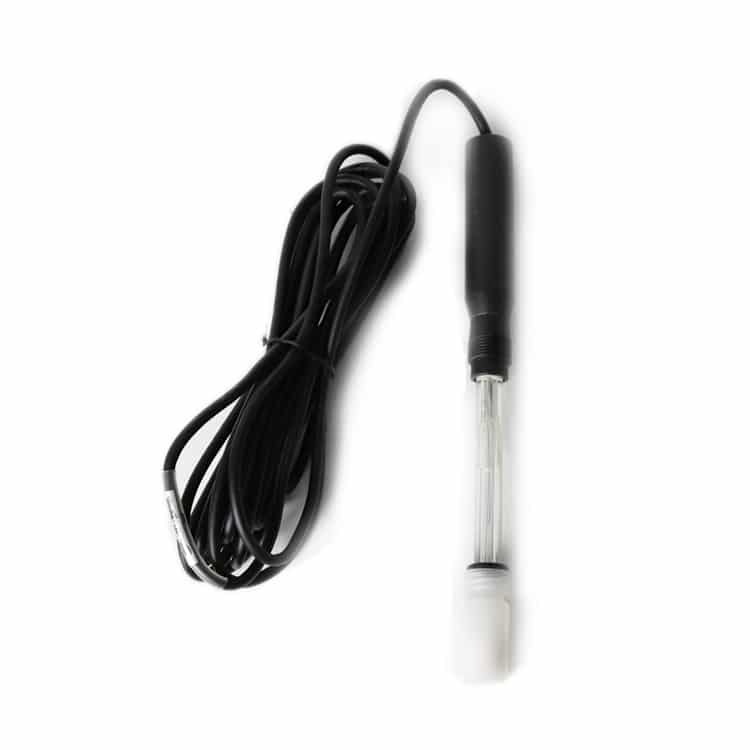
Residual chlorine is the general term for the free and bound chlorine remaining in the water after chlorination disinfection and exposure for a certain period of time.
The residual chlorine sensor KCL is used to measure residual chlorine, chlorine dioxide and ozone in water. The electrode structure is simple and easy to clean and replace. It can be used in drinking water treatment plants, canneries, drinking water distribution networks, swimming pools, cooling circulating water, water quality treatment projects, etc. where the residual chlorine content in aqueous solutions needs to be continuously monitored.
Turbidity Sensor
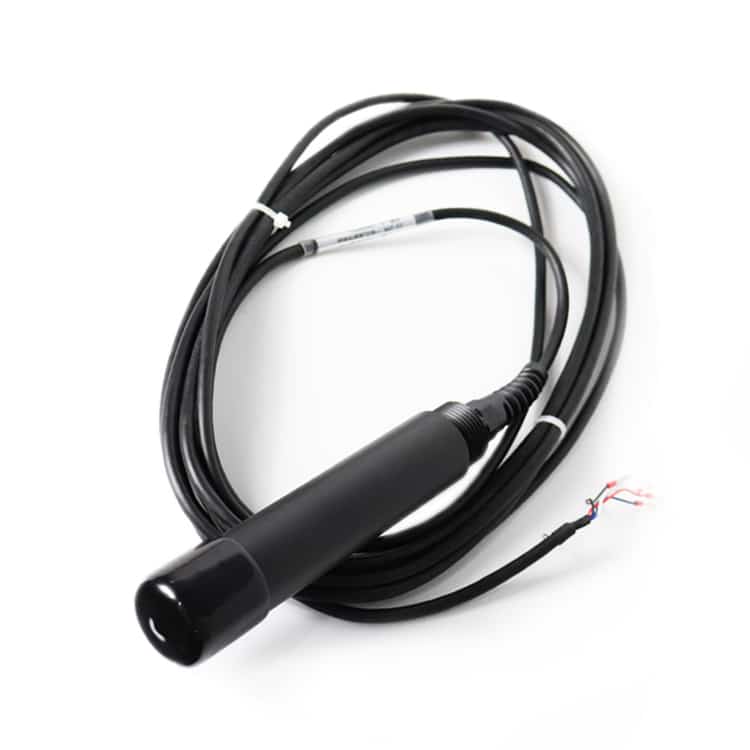
Turbidity is caused by suspended particles in the water. The suspended particles diffusely reflect the incident light. Scattered light in the 90 degree direction is usually used as the test signal. The scattered light and turbidity are linear in multiple segments, so the sensor needs to be calibrated at multiple points.
The KS-710 turbidity sensor is designed and manufactured using the principle of scattered light turbidity measurement. It accurately measures the amount of light passing through the water body to accurately measure the suspended matter in the water, which can reflect the pollution of the water body. In this way the turbidity in the water sample is measured and the final value is output after linearization. Commonly used in water quality detector for accurate measurement of rivers, sewage, wastewater.
Salinity Sensor
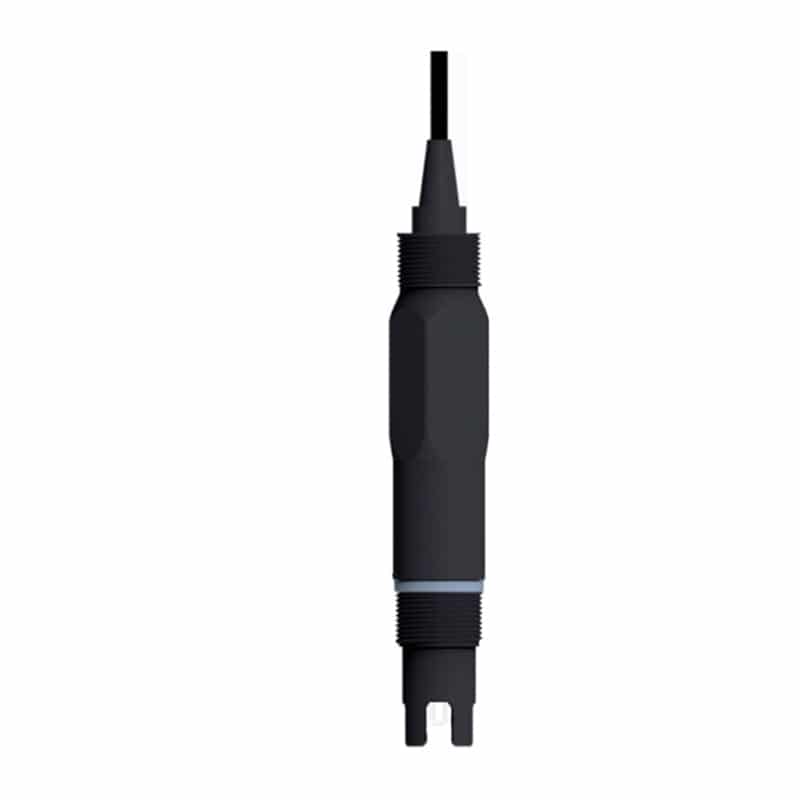
Absolute salinity is the ratio of the mass of dissolved matter in sea water to the mass of sea water. Absolute salinity can not be measured directly, so with the change and improvement of salinity measurement methods, the corresponding definition of salinity is introduced in practical application.
Salinity sensors are used to measure the salinity of liquids and solutions and are capable of measuring the entire range from 24 to 52,000 ppm (parts per million). Salinity is the sum of all non-carbonate salts dissolved in water and is usually expressed in parts per thousand (1 ppm = 1000 mg/L). Salinity is an important measurement in seawater. The salinity level in seawater is fairly constant at about 35 ppm (35,000 mg/L).
Ozone Sensor
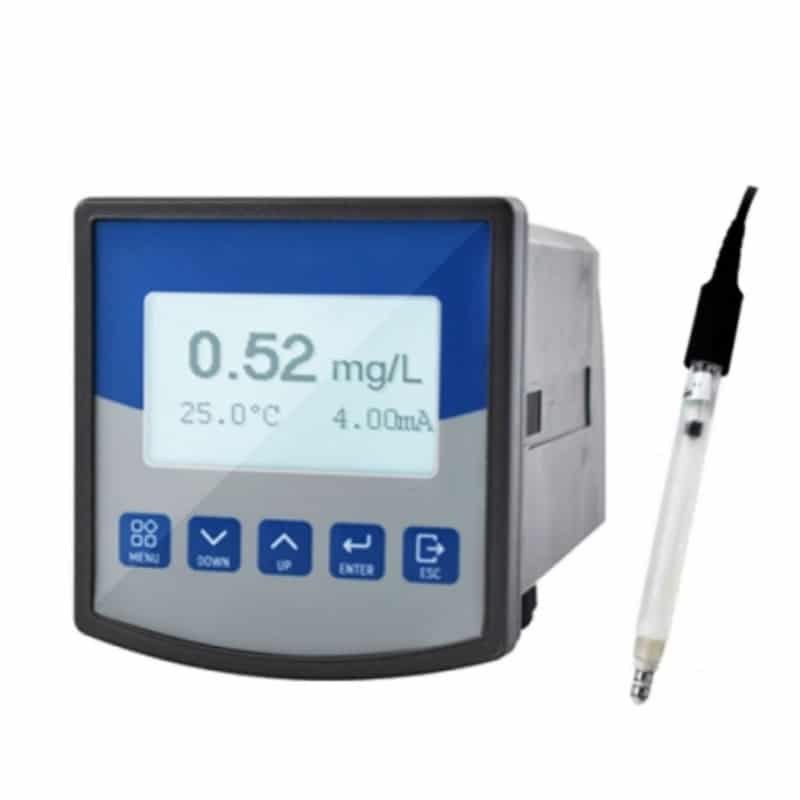
Ozone is a kind of allotrope of oxygen, chemical formula is O3, formula 47.998, a light blue gas with fishy smell. Ozone has strong oxidation, is a stronger oxidant than oxygen, oxidation reaction can occur at lower temperatures, such as silver oxidation into silver peroxide, lead sulfide oxidation into lead sulfate, with potassium iodide reaction to generate iodine. Turpentine, gas, etc. can spontaneously ignite in ozone.
Ozone meter is the principle of ultraviolet absorption method, with stable ultraviolet light source to produce ultraviolet light, with light wave filter out other wavelengths of ultraviolet light, only allow wavelength 253.7nm through. After passing through the sample photoelectric sensor, and then through the ozone absorption tank, it reaches the sampling photoelectric sensor. By comparing the electrical signals of the sample photoelectric sensor with those of the sample photoelectric sensor, and then calculating the mathematical model, the ozone concentration can be obtained.
Chemical Oxygen Demand (COD) Sensor
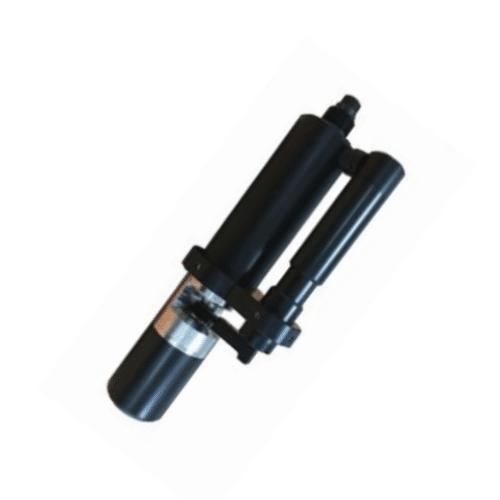
Many organic substances dissolved in water absorb UV light. Therefore, by measuring the degree of absorption of UV light at 254 nm by these organic substances, the amount of dissolved organic contaminants in water can be accurately measured.
The Apure COD sensor uses two light sources, an ultraviolet light for measuring the COD content in water and a reference light for measuring the turbidity of the water body, with the light path attenuation being compensated for by a specific algorithm and available to some extent. Eliminate the interference of particulate suspended impurities, thus achieving more stable and reliable measurement.
Ammonia Nitrogen Ion (NH3-N)Sensor
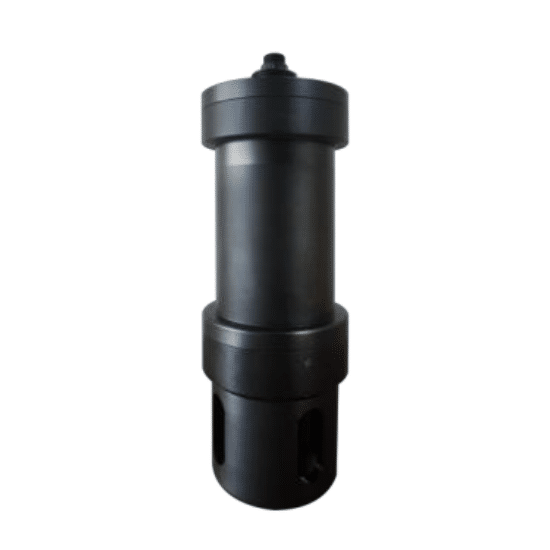
In aquaculture, if the ammonia nitrogen level in the water is too high, it will poison the fish and shrimp and cause them to die. Therefore, water quality ammonia hydrogen sensors are especially necessary for monitoring ammonia nitrogen concentration. Ammonia nitrogen sensors are used to measure the ammonia nitrogen content of water quality and are commonly used in the fields of Internet of Things, aquaculture, and smart agriculture.
Apure ammonia nitrogen sensors are made of ammonium ion selective electrodes based on PVC membranes. It is used for ammonium ion content testing in water with temperature compensation, ensuring fast, easy, accurate and economical testing.
Conclusion
Water quality monitoring involves a wide range of fields, different application sites need to monitor different parameters, and the design scheme is also very different. Please contact us for specific product selection and technical operation. We have professional technical engineers to provide you with the best supporting scheme.
